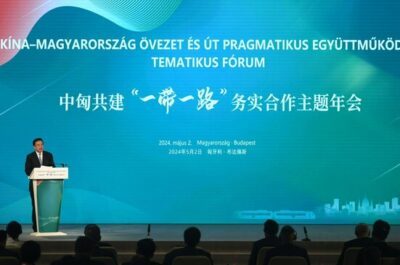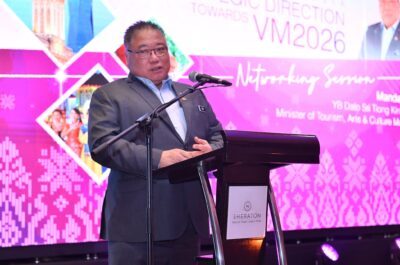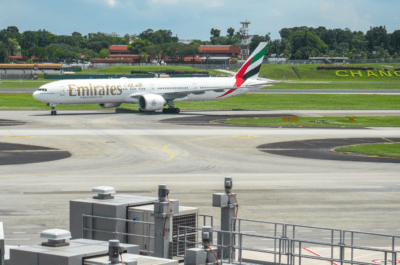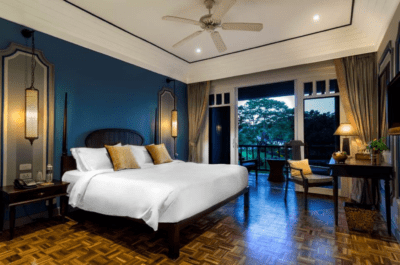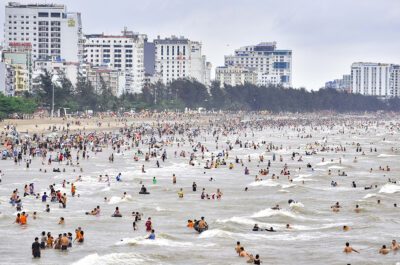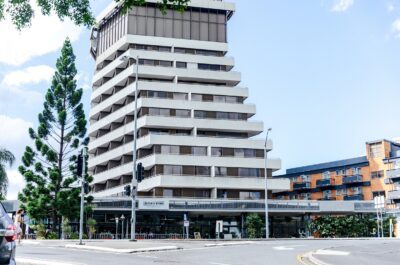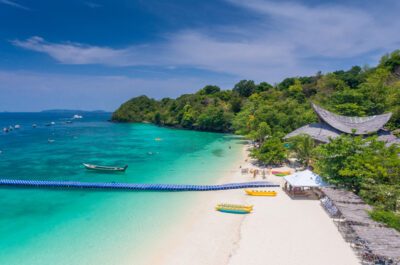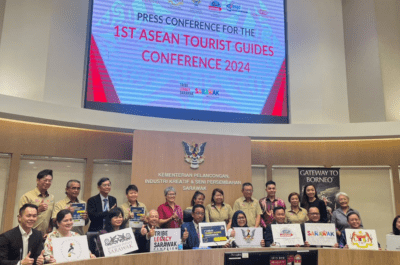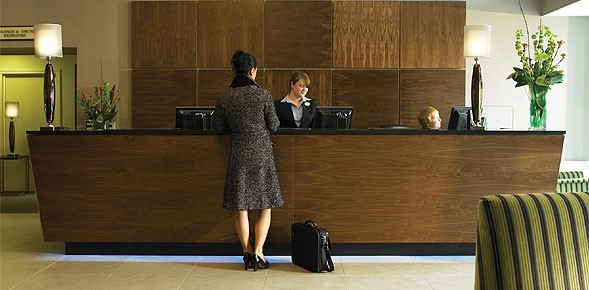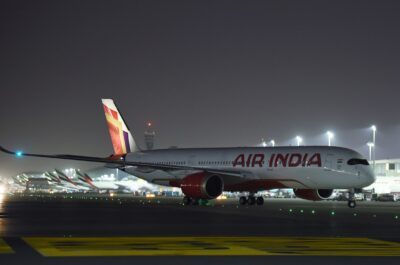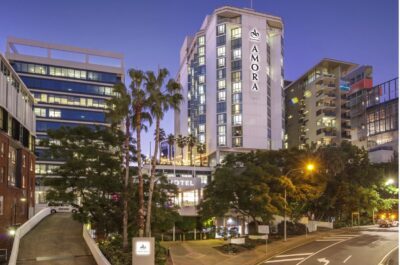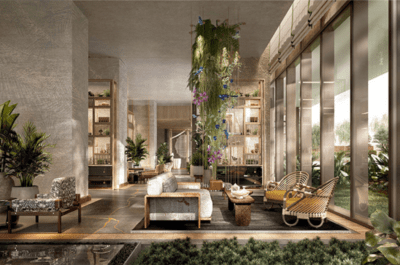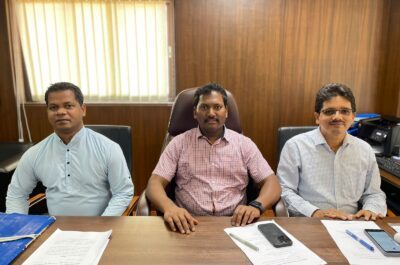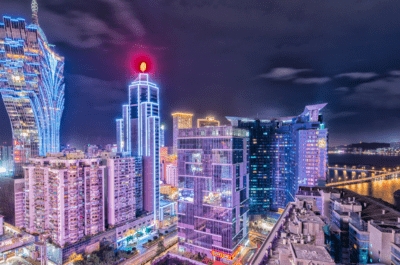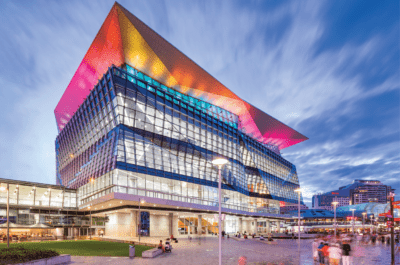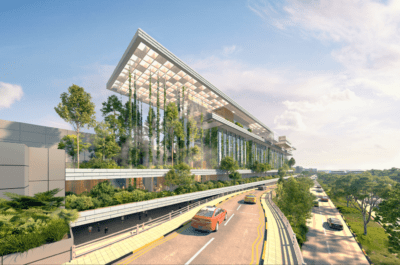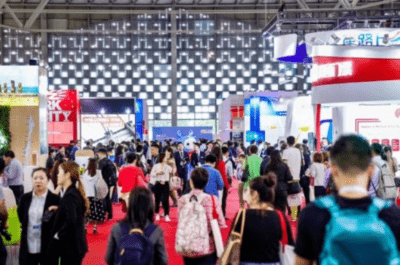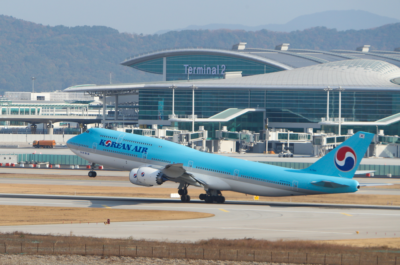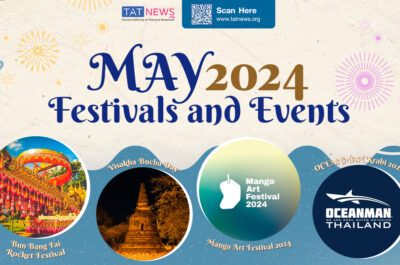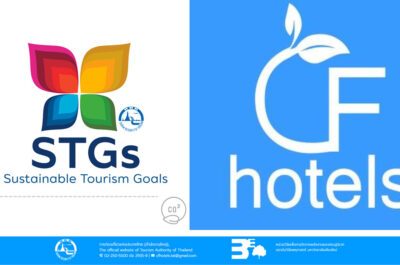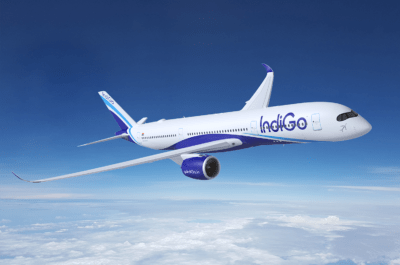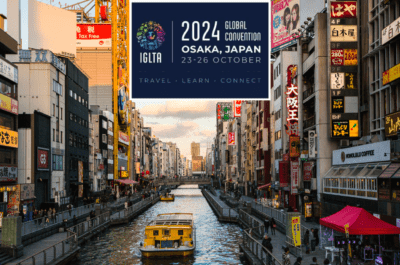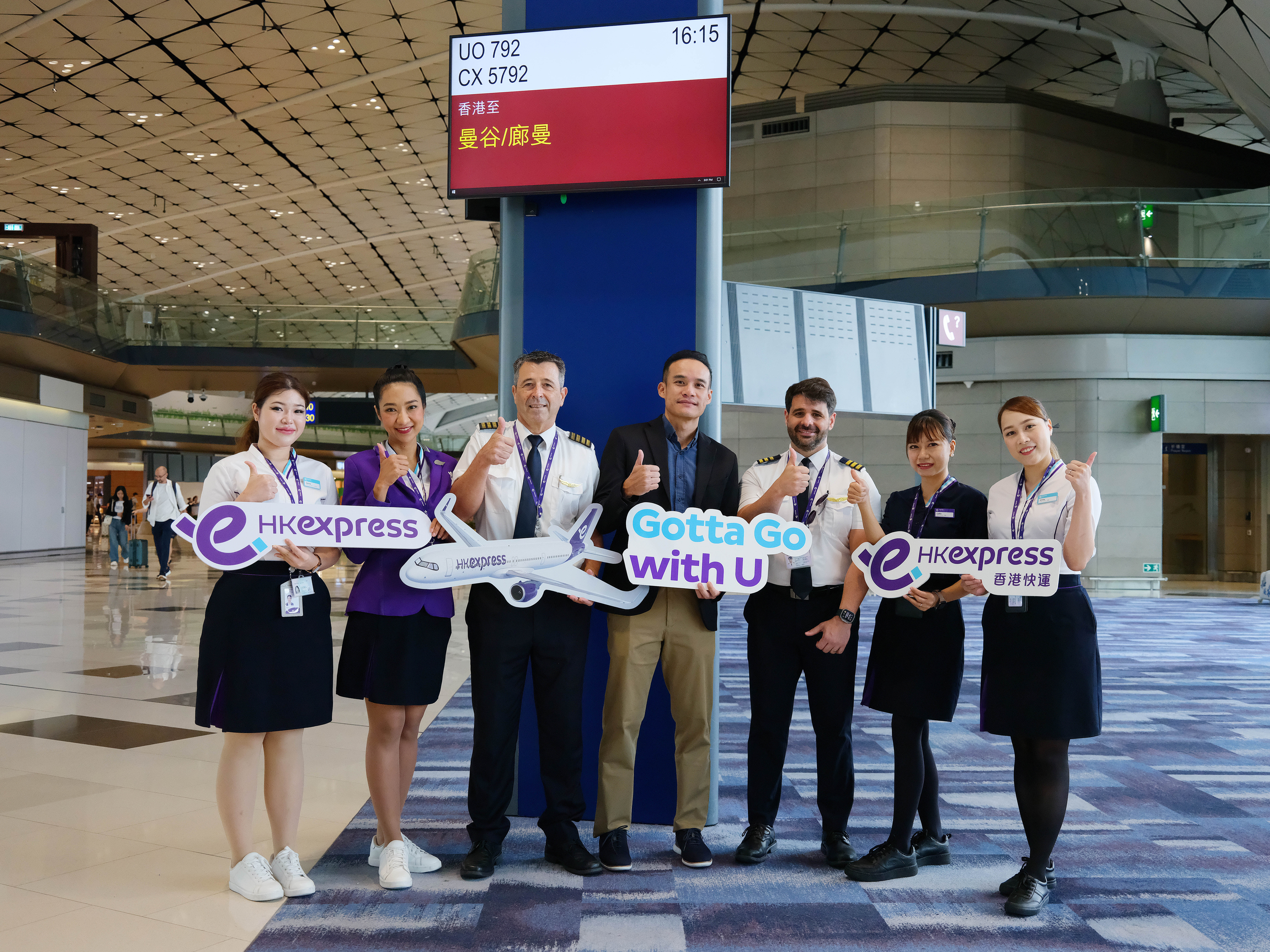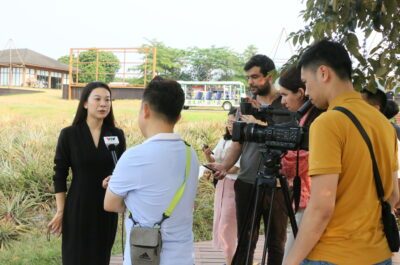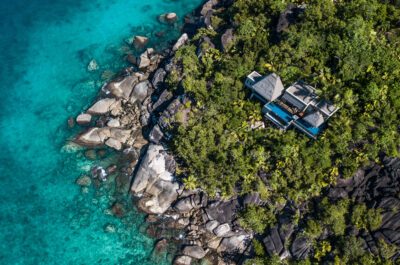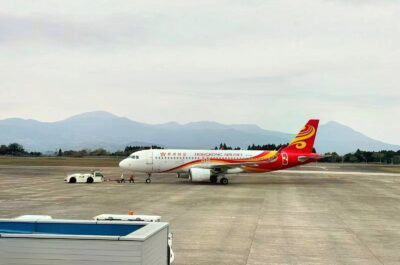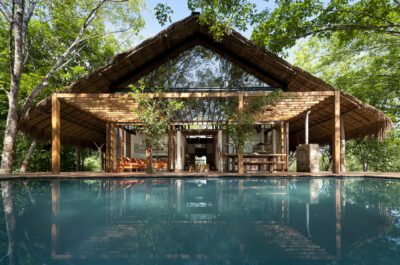Compared with the three key performance metrics from Q2 2015, the Asia Pacific region reported a 1.3% increase in occupancy to 68.3%. Average daily rate was down 1.1% to US$96.95. Revenue per available room was nearly flat (+0.2% to US$66.18).
LONDON — Hotels in the Asia Pacific region recorded mixed Q2 2016 results when reported in U.S. dollar constant currency, according to data from STR.
Compared with the three key performance metrics from Q2 2015, the Asia Pacific region reported a 1.3% increase in occupancy to 68.3%. Average daily rate was down 1.1% to US$96.95. Revenue per available room was nearly flat (+0.2% to US$66.18).
Performance of featured countries for Q2 2016 (local currency, year-over-year comparisons):
Australia recorded increases in each of the three key performance metrics. Occupancy in the country rose 2.0% to 73.4%; ADR was up 1.8% to AUD175.25; and RevPAR increased 3.9% to AUD128.71. June-specific results were similar, with RevPAR up 5.4% to AUD124.45. Demand growth has outpaced supply in all but one month thus far in 2016, and the Transient segment (RevPAR +5.7%) has performed much better than the Group segment (RevPAR -4.5%). STR analysts believe that the devaluation of the Australian dollar is boosting both international and domestic demand in the country. At the market level, Sydney, Hobart and Gold Coast have been top performers, whilst Brisbane and Darwin have declined.
French Polynesia experienced a 6.3% increase in occupancy to 71.4% as well as double-digit growth in ADR (+11.2% to XPF47,594.78) and RevPAR (+18.1% to XPF33,997.02). With year-to-date RevPAR up 21.5% to XPF29,710.11, STR analysts label French Polynesia as one of the region’s best performers thus far in 2016. With the CPF Franc weakened against the U.S. dollar, the country has become more affordable for international travelers. In addition, the country may have been viewed by travelers as an alternative destination to Fiji, which dealt with widespread damage as a result of Tropical Cyclone Winston.
Myanmar saw a 5.5% increase in occupancy to 37.5% but decreases in ADR (-12.6% to MMK142,845.69) and RevPAR (-7.8% to MMK53,618.88). Supply grew at 5.8% in Myanmar during the first half of the year, while demand growth lagged at +0.8%. As a result of low absolute occupancy levels, hoteliers dropped rates in an effort to capture market share.
Taiwan reported decreases in each of the three key performance metrics: occupancy (-7.7% to 60.0%), ADR (-2.5% to TWD5,713.23) and RevPAR (-10.0% to TWD3,427.07). The quarterly decreases follow a pattern of declines in Taiwan since the end of 2015. STR analysts attribute those declines to a slowdown in Taiwan’s economy, the country’s political transition and a decrease in the number of arrivals from Mainland China (-12.1% in May according to the Taiwan Tourism Bureau).
Performance of featured markets for Q2 2016 (local currency, year-over-year comparisons):
Hanoi, Vietnam, posted increases across the three key performance metrics: occupancy (+2.5% to 75.2%), ADR (+5.5% to VND2,342,208.76) and RevPAR (+8.1% to VND 1,761,103.34). With year-to-date demand growth (+3.1%) outpacing supply (+0.7%), hoteliers have shifted direction from 2015 and increased rates to more competitive levels. STR analysts cite eased visa policies and integration with the Association of Southeast Asian Nations (ASEAN) as key factors behind the demand boost. Most of the performance has been driven by the Group segment (RevPAR +27.3% year to date).
Phuket, Thailand, experienced increases in occupancy (+8.7% to 70.3%) and RevPAR (+6.6% to THB2,027.98). ADR in the market was down 2.0% to THB2,883.46. RevPAR has increased year over year for six straight months in Phuket behind a 12.7% year-to-date increase in demand. Overall performance has primarily been driven by the Transient segment (RevPAR +6.6% year to date).
Seoul, South Korea, recorded double-digit growth in occupancy (+13.1% to 77.3%) and RevPAR (+11.5% to KRW143,820.00). ADR in the market slipped 1.3% to KRW186.168.35. Specifically in June, Seoul’s occupancy was up 55.2% to 78.2%, and RevPAR jumped 57.2% to KRW142,445.75. STR analysts believe that the country is showing signs of recovery after the Middle East respiratory syndrome (MERS) outbreak of last year. In May, the number of visitor arrivals to South Korea increased 107.0%, according to the Korea Tourism Organization.
Tokyo, Japan, reported a 2.3% decrease in occupancy to 84.5% but increases in ADR (+8.0% to JPY19,565.81) and RevPAR (+5.4% to JPY16,537.90). Supply in Tokyo is on the upswing (+3.3% year to date), while demand performance has been negative (-0.4% year to date). At the same time, rate growth has remained strong.
Asia Pacific performance for June 2016 (U.S. dollar constant currency, year-over-year comparisons):
Asia Pacific results were mostly positive when compared with June 2015. The region reported a 2.1% increase in occupancy to 67.0%. ADR was down 0.8% to US$93.55. RevPAR increased 1.3% to US$62.68.
Angelos is the news editor for TravelDailyNews Media Network (traveldailynews.gr, traveldailynews.com and traveldailynews.asia). His role includes to monitor the hundrends of news sources of TravelDailyNews Media Network and skim the most important according to our strategy. He currently studies Communication, Media & Culture in Panteion University of Political & Social Studies of Athens.
